What is Fast Fashion?
Fast fashion seems to be a buzzword in today’s media and social platforms but what does it mean? The term refers to the rapid production of low-cost, low-quality garments that are designed to respond quickly to the most recent trends. This business model has become increasingly popular in recent years, with many large retail chains producing huge batches of clothes and accessories at a fast rate.
This method of production is extremely harmful to the environment, contributing to climate change and pollution. Garments are often made from cheap synthetic fibers that are not biodegradable. Large amounts of energy and water are needed for production and global shipping. It also relies on a system that is often exploitative, with workers in developing countries paid very low wages and working in poor conditions to maintain fast turn around and low prices for the end consumer.
Featured: image from @thisistigree on Instagram via E's Element Instagram
What is Slow Fashion?
On the opposite side of the production spectrum, slow fashion exists as a sustainable, ethical and environmentally conscious method of creating and selling garments. Brands that use biodegradable materials (like cotton and viscose) create garments that are durably made to last longer. Slow fashion includes brands that repurpose materials, consignment and vintage stores. Rather than producing more garbage, slow fashion encourages production that has minimal impact on the environment.
Slow production also involves sourcing materials and labour locally with equitable wages. Garments are made to order or in small batches to respond to demand accurately, avoiding over production and over consumption. This approach to clothing is not only environmentally sustainable but financially sustainable too! Investing in good quality garments allows you to build a wardrobe that can last a lifetime and ideally shared with future generations! Timeless design and production encourage a mindful way of shopping that avoids future purchases to replace cheap products.
E’s Element is proud to support slow means of creating garments. All designs are made in-house and hand cut and sewn. The time and care we put into each piece is reflected in the quality of each item. You can read reviews from past customers that speak to the quality of material and design of our products.
Featured: Image via E's Element Instagram
How to Shop Slow and Sustainable?
Here are some tips to help you differentiate between fast and slow fashion so you can shop sustainably
1. Check you retailers production information
If you are unsure whether a retailer uses fast or slow means of creating garments, look through their website or social media to find information on their production methods. You can often find this on an About page or FAQ page. In-house local material sourcing, and handmade production are all indications of sustainability in a retailer. Read about E’s Element production methods on our website or through our blog post.
2. Avoid excessively cheap and discounted items
Retailers that offer extremely low prices for garments likely use cheap materials and unfairly compensate production workers in order to make a profit. Many fast fashion sites price clothing at less than $5, sometimes as low as under $1 during sale events. This is a sure sign that the items were cheap to make. As a guide, aim to buy products that are reasonably priced for their supposed value. A fair price for slow items reflects time and care put into making it plus the cost of good quality materials.
3. Avoid retailers that carry excessive and fast changing stock
A characteristic of fast fashion is fast changing inventory. Retailers try to keep up with the latest trends and often steal designs from small brands to save time on development. A good product or garment takes time to conceptualize, research and test. Unless a retailer carries products from other smaller brands, excessive selection is another indication of fast fashion.
Featured: Image from @ark_collectivehamilton via E's Element Instagram
4. Shop locally
A great way to shop more sustainably is by supporting local businesses. There are plenty of small businesses in the GTA, and likely wherever you live. You can find local entrepreneurs take the time to hand make or source items from materials that are directly accessible to them within their country. These businesses don’t have the same funding to mass produce so they create things made to order or in small, limited runs. This is naturally a slower way of producing that is aligned with their means. Along with E’s Element you can check out the first edition guide to local businesses we love and a second edition guide full of great local businesses to discover!
Want to stay updated once a new post goes live? Click here to subscribe to the blog.
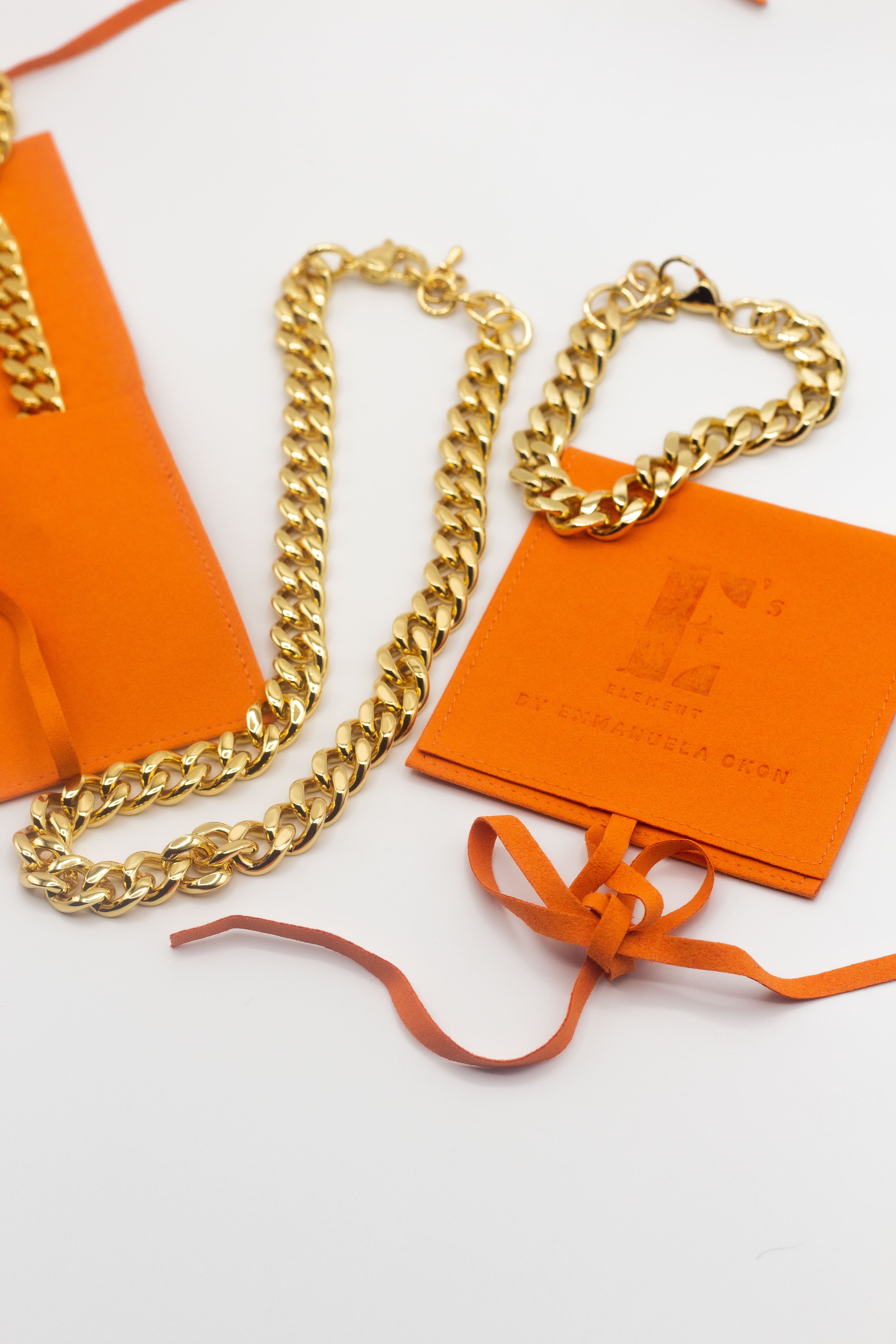

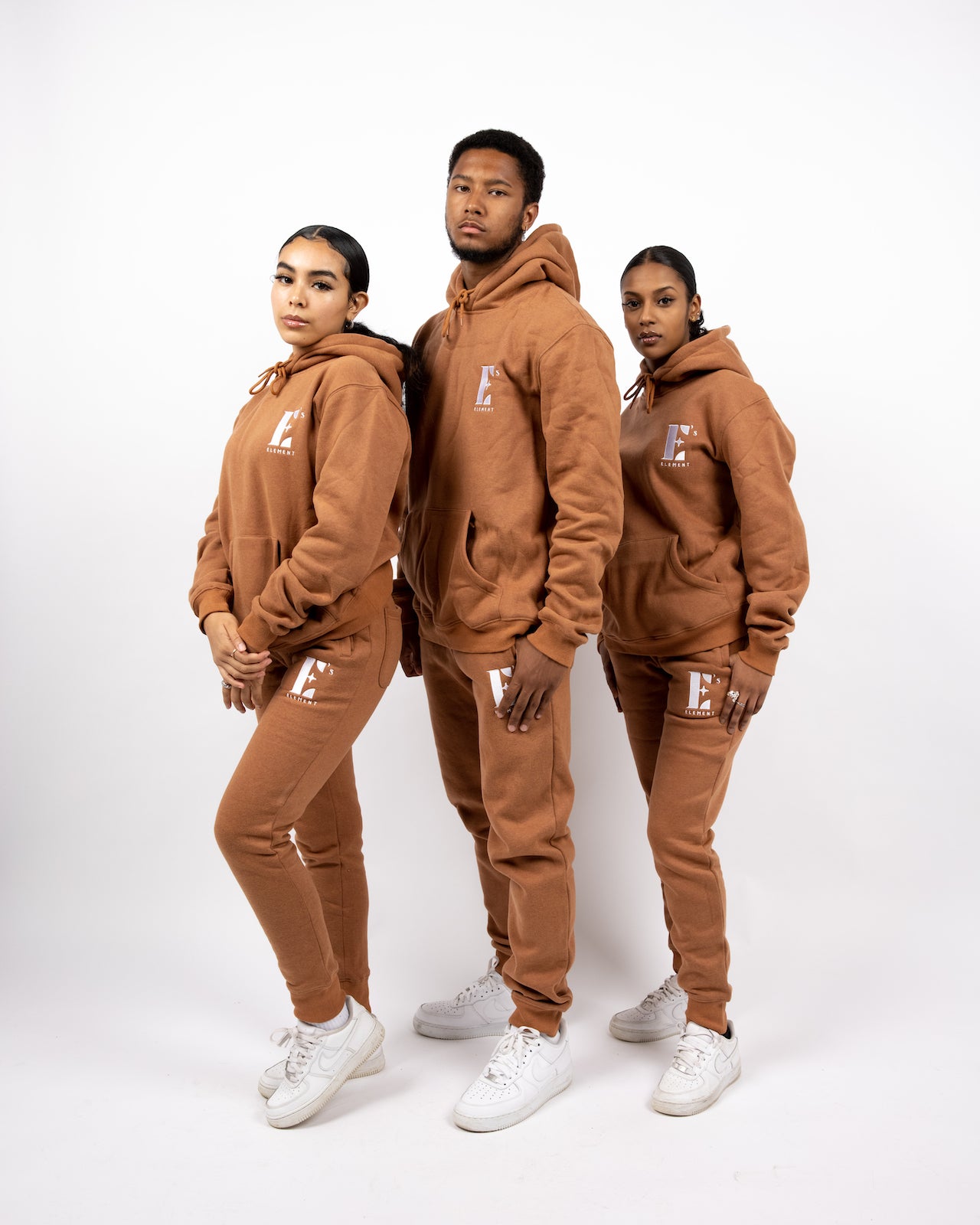
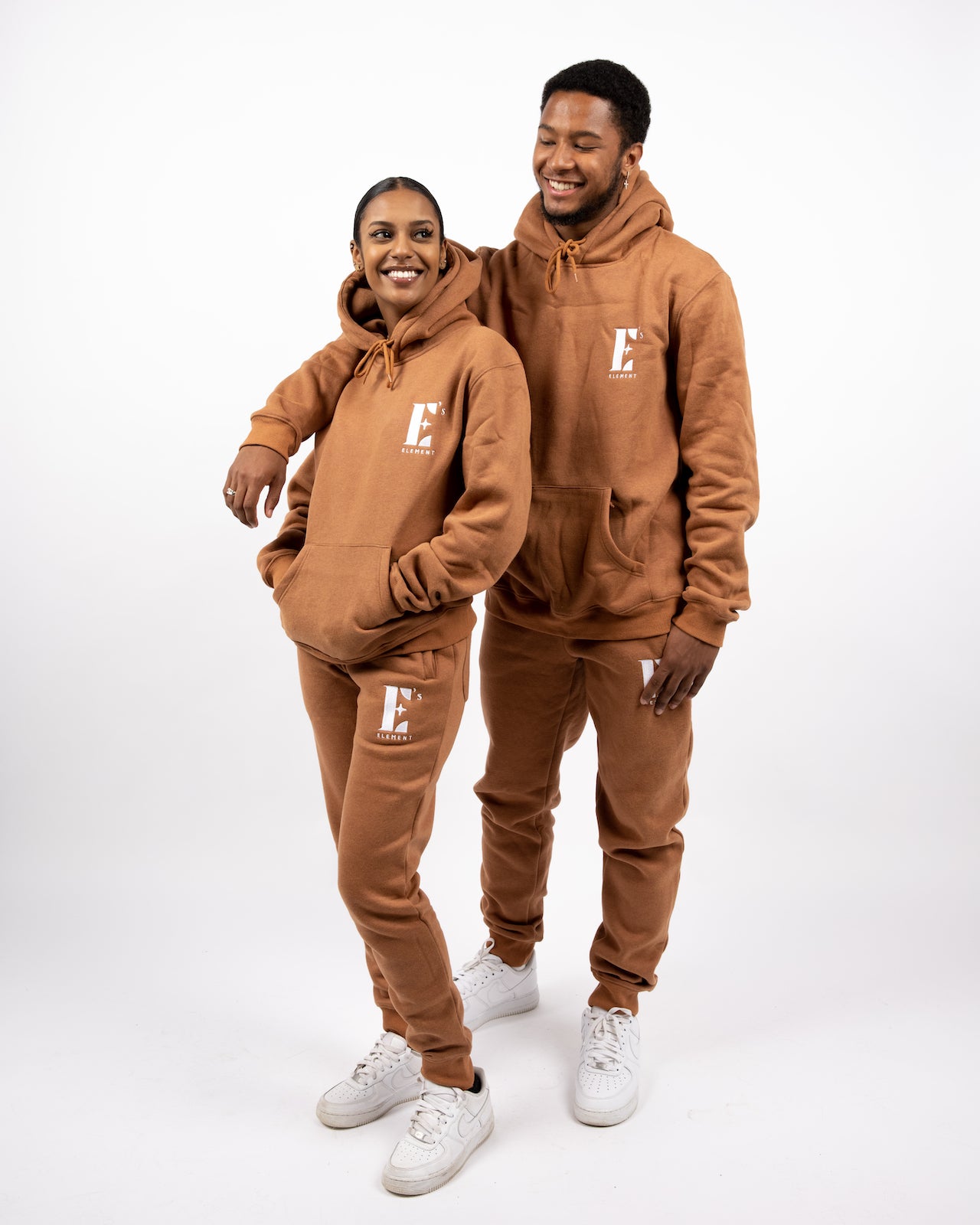
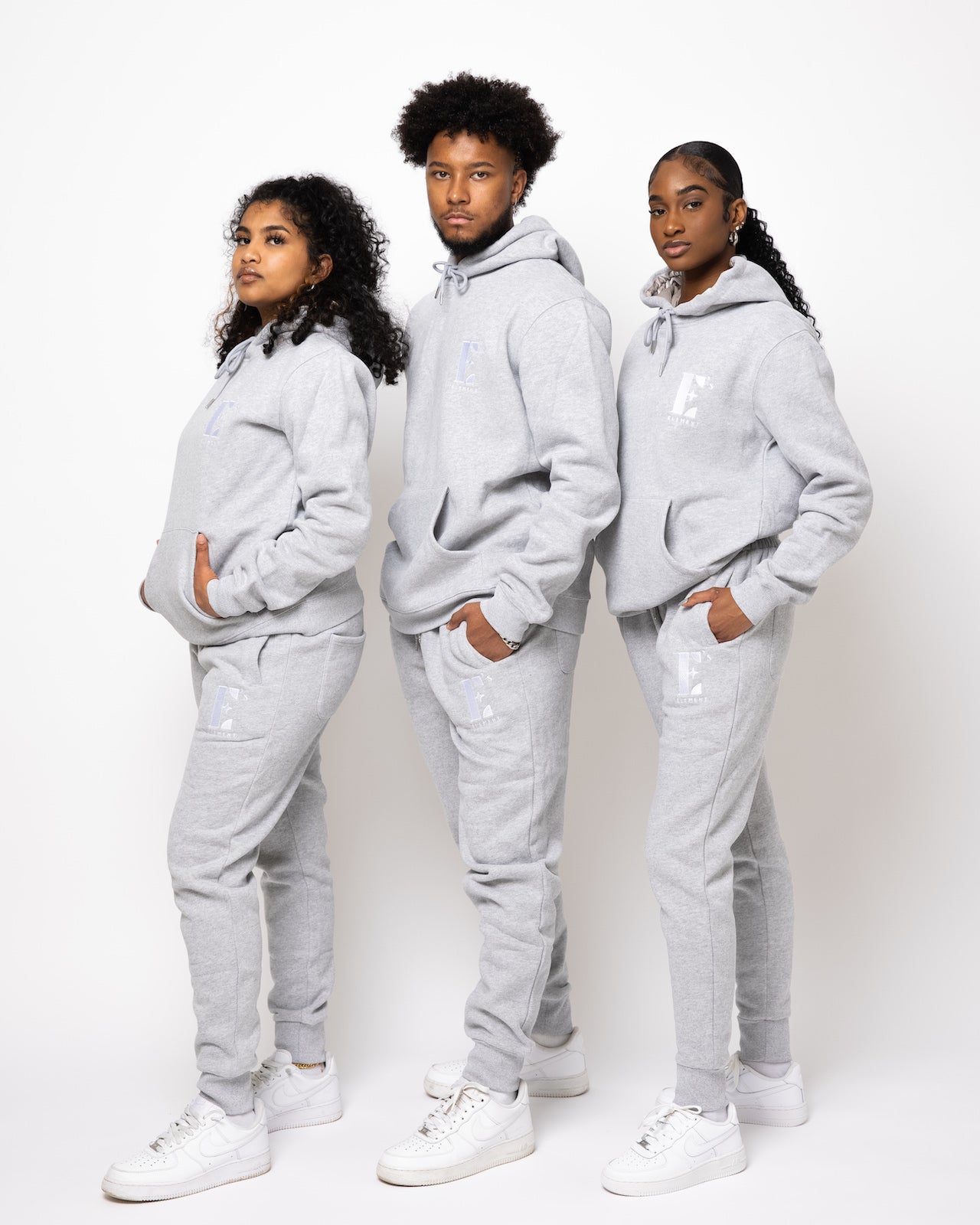

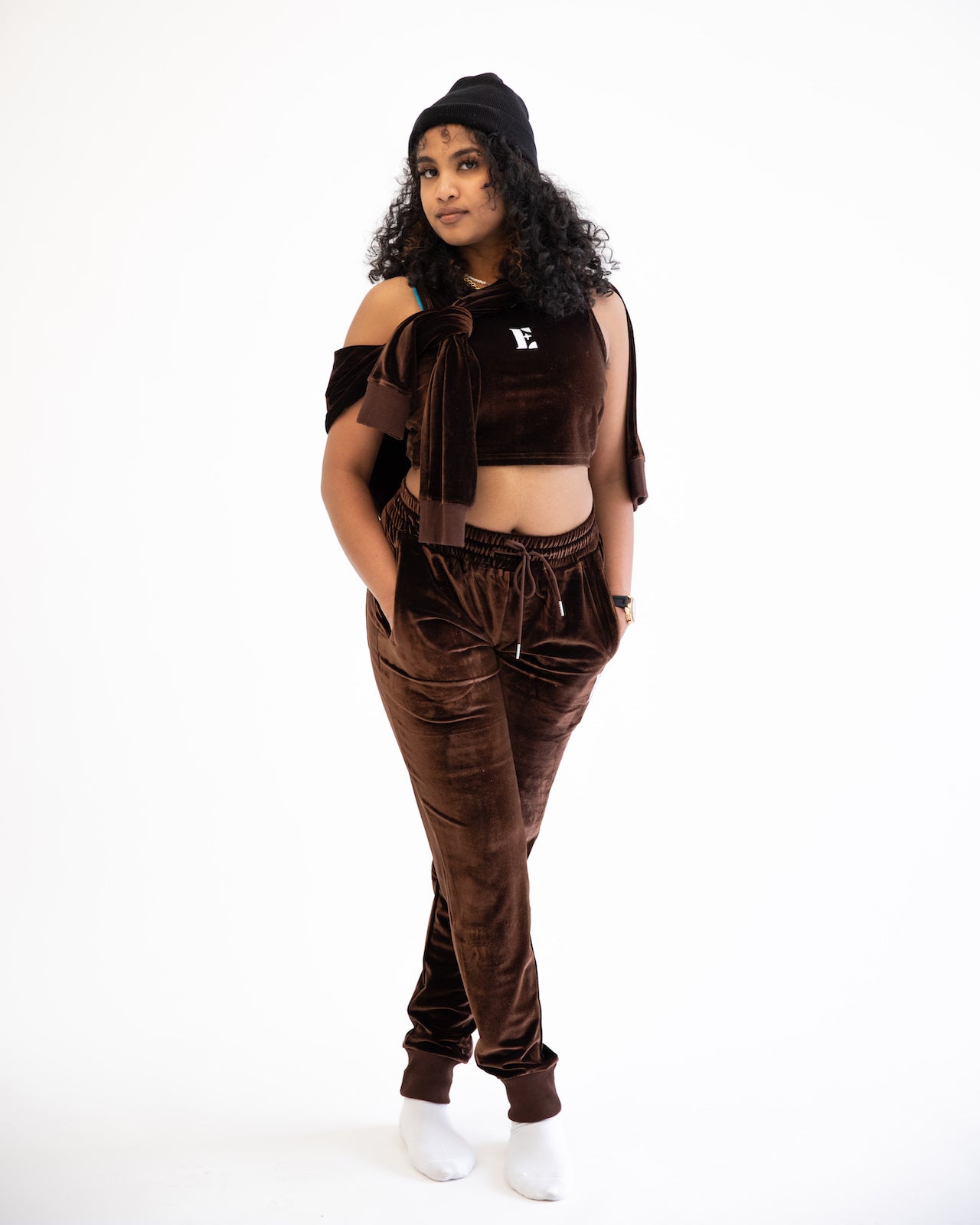
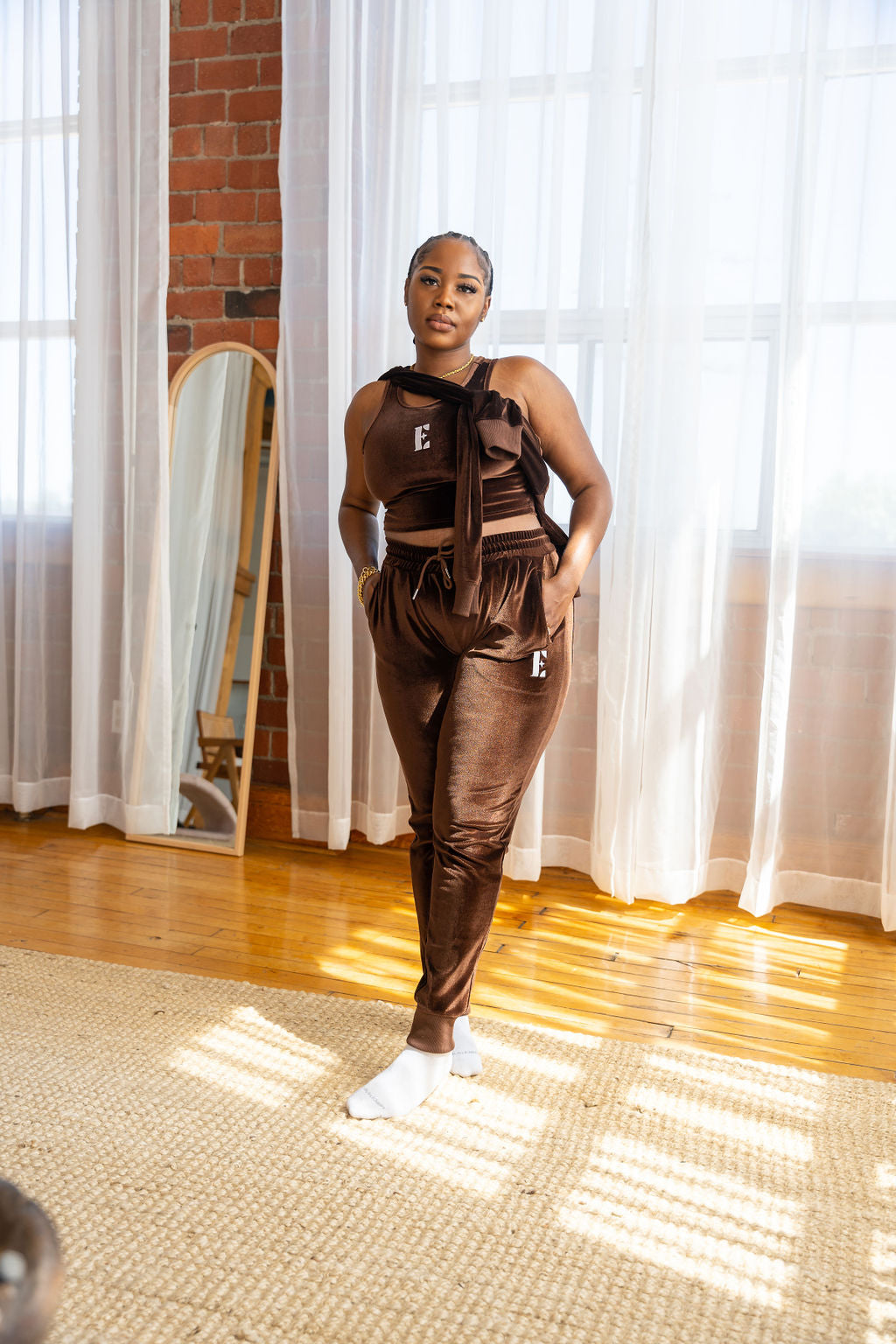


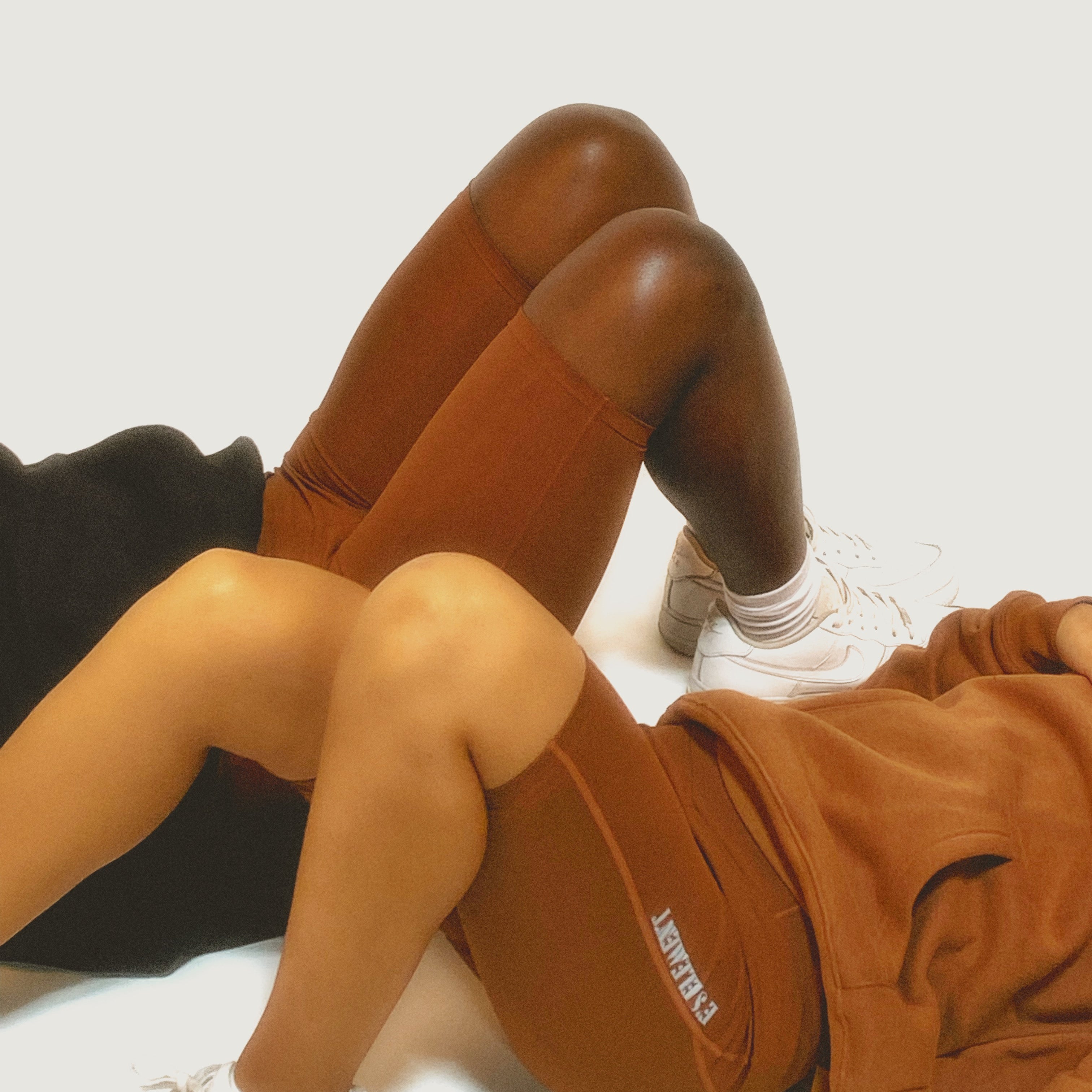
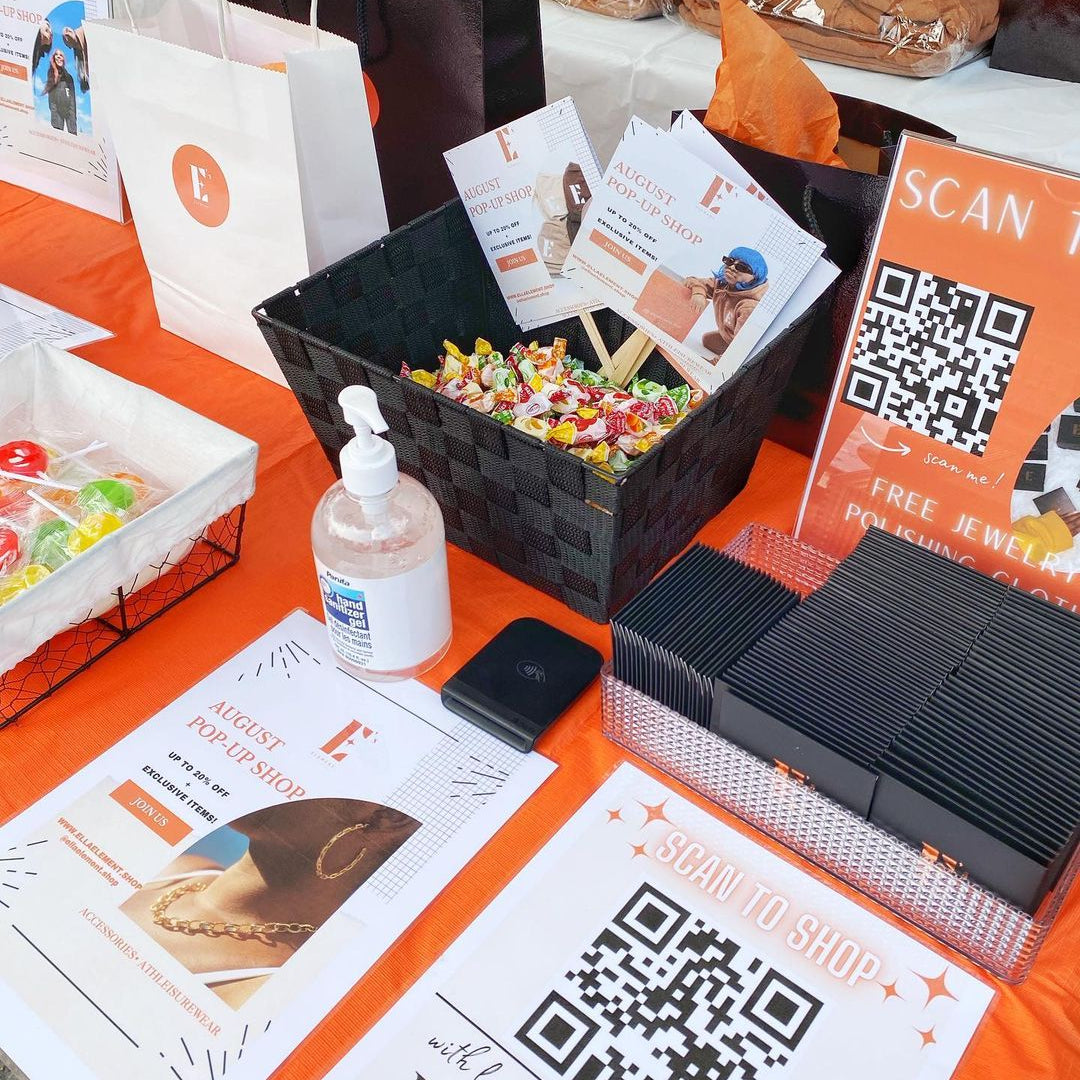
Leave a comment